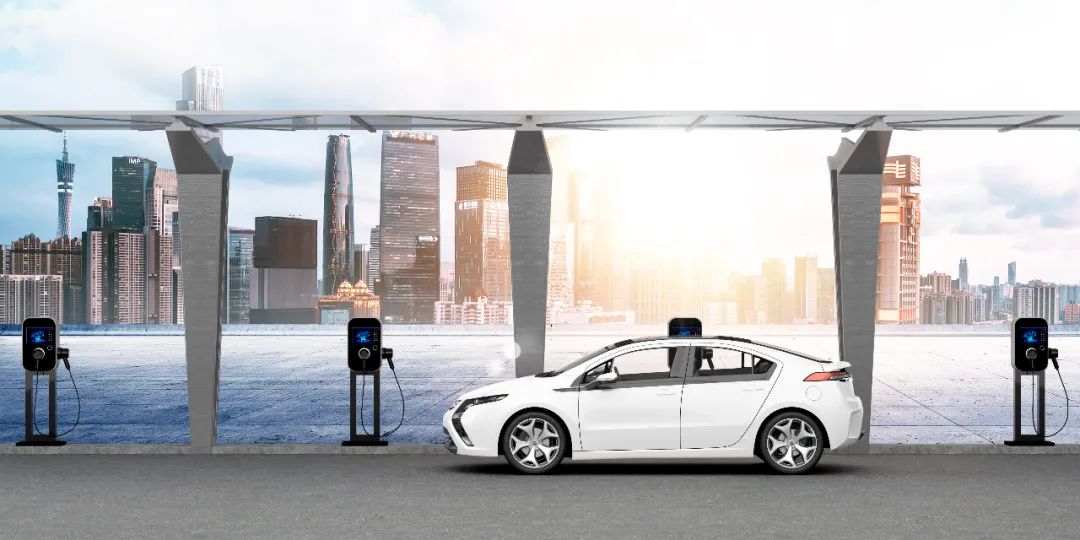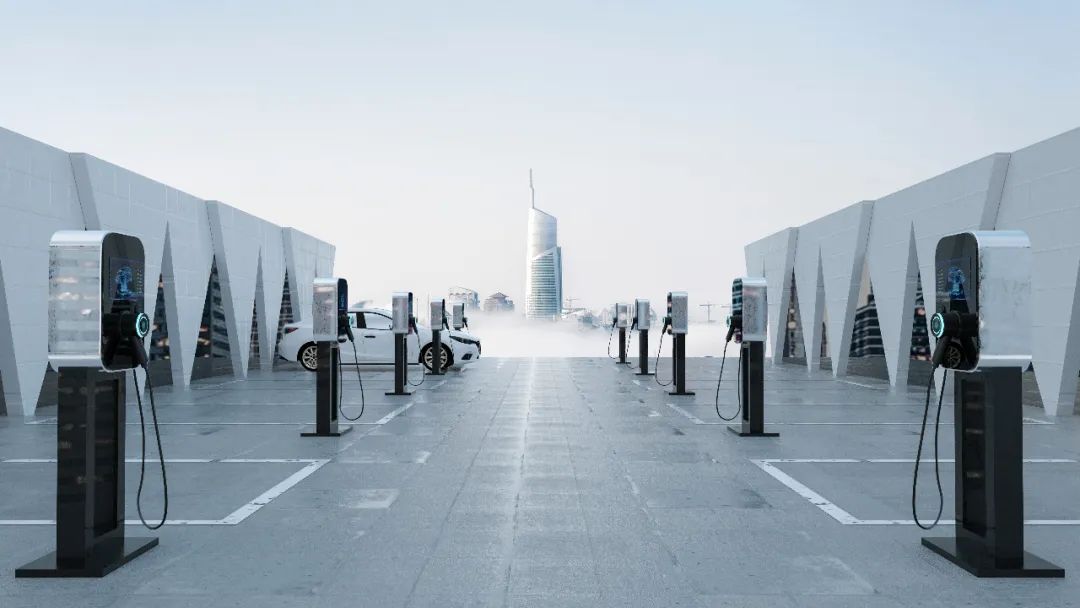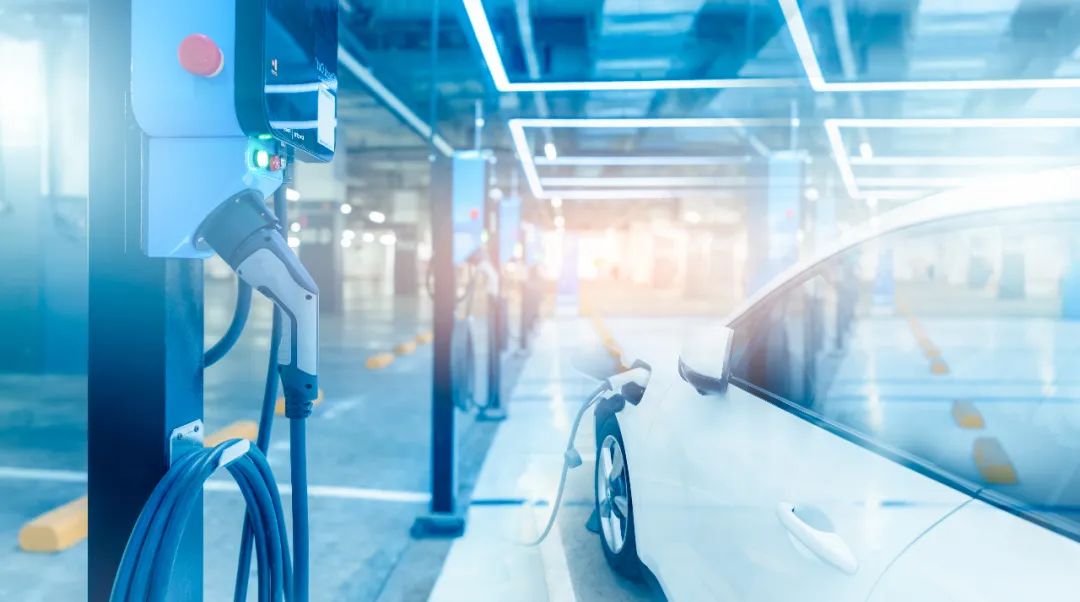Electric vehicles are 'disappointing', and Europe's '2035 ban on internal combustion engines' may be difficult to achieve
![]() 10/30 2024
10/30 2024
![]() 544
544
To reduce carbon emissions from transportation, the European Parliament formally adopted the "Agreement on Zero Emissions for Newly Sold Petrol Cars and Vans in Europe by 2035" in 2023, requiring all new vehicles to achieve zero CO2 emissions by 2035, effectively banning the sale of internal combustion engine vehicles by that year. However, with weak demand and sluggish sales of electric vehicles in Europe, doubts have arisen about the feasibility of the "2035 ban on internal combustion engines."
Oliver Zipse, CEO of BMW, expressed concerns about Europe's phase-out of internal combustion engine vehicles at the Paris Motor Show, stating bluntly that the EU's "2035 ban" is "no longer realistic" and that the continent is not yet ready to abandon gasoline and diesel engines. He believes that the EU ban could threaten the core of the European automotive industry, leading to significant downsizing across the sector. In addition to BMW, automakers such as Volkswagen and Renault have also called for a relaxation of the "2035 ban," citing concerns about lower-than-expected electric vehicle sales and their potential adverse effects.
▍Weak Market and Downgraded Sales Forecasts
According to data from the European Automobile Manufacturers' Association (ACEA), pure electric vehicle sales in Europe reached 1.433 million units from January to September this year, a year-on-year decline of 2.6%. Sales of plug-in hybrid electric vehicles amounted to 694,000 units, a year-on-year decrease of 3.8%, resulting in a decline in the market share of new energy vehicles to 13.1%.

The weakness in European electric vehicle sales persists. In April this year, investment bank UBS predicted that due to high prices, limited driving ranges, and inconvenience in charging, many potential buyers of electric vehicles were deterred. It estimated that Europeans would purchase nearly 9 million fewer electric vehicles between 2024 and 2030 than expected. UBS downgraded its forecast for European electric vehicle sales in 2030 from 9.6 million to 8.3 million units.
In June, investment research firm Jefferies downgraded its forecast for European electric vehicle sales in 2030 from 8.9 million units, as announced at the end of last year, to 6.8 million units. This week, the firm maintained this forecast but downgraded its 2025 forecast from 3.2 million to 2.8 million units, with a market share adjustment to 21%, a decrease of 3 percentage points from the previous forecast. French automotive consulting firm Inovev also stated that electric vehicle sales would account for only 40% of the European market by 2030. Research firm Rho Motion downgraded its forecast for electric vehicle sales in 2030 by 24.5% to 8.3 million units.
The European Union and the United Kingdom have mandated that electric vehicle sales should account for approximately 80% of all new car and SUV sales by 2030, rising to 100% by 2035. These targets are "mandatory," and manufacturers that fail to meet them face hefty fines. In the UK, a fine of £15,000 (approximately RMB 139,000) will be imposed for each internal combustion engine vehicle sold beyond the target range.

Based on the current annual sales of approximately 2 million electric vehicles in Europe, sales would need to grow by approximately five times to meet the 2030 sales targets set by the EU and the UK governments. With the saturation of the early adopter market and slowing sales, achieving these targets will be challenging.
▍Affordable Electric Vehicles Still Not Affordable Enough
At the recently concluded Paris Motor Show, European automakers such as Citroen and Renault showcased a series of more affordable electric vehicles. Among them, Renault unveiled the new R4 E-Tech model, which is expected to retail for less than €35,000 (approximately RMB 270,000), targeting the affordable market segment. However, for most consumers earning the average European wage, such a price is still considered "unaffordable."
Industry experts believe that even if electric vehicle sales resume robust growth, achieving the 2035 ban on internal combustion engines will require the average price of electric vehicles to approach €10,000 (approximately RMB 93,000) rather than €20,000. According to Brussels-based green lobby group Transport & Environment, the current average price of electric vehicles in Europe is still slightly above €40,000 (approximately RMB 370,000). Europe urgently needs small electric vehicles with smaller battery capacities for urban, rural, and city commuting, similar to Chinese brands such as BYD Dolphin, Wuling Mini EV, and Zero Run T03. However, such vehicles are virtually non-existent in Europe at present.

This status quo has put Europe in a dilemma. Europe could allow the import of these small Chinese electric vehicles to boost sales and achieve CO2 emission and climate change targets, but this could "threaten" the domestic automotive industry. Alternatively, Europe could abandon its CO2 emission targets to preserve millions of jobs in the automotive sector. Currently, the EU has imposed tariffs, which could slow the sales of Chinese vehicles.
▍The Real Challenge Lies in Achieving Profitability
U.S. technology research and consulting firm Gartner believes that as new entrants and Chinese manufacturers gain traction, electric and plug-in hybrid electric vehicles are becoming increasingly popular in the mass market, leading to a continued decline in prices. Jonathan Davenport, Senior Director Analyst at Gartner, predicts that by 2027, the average price of electric vehicles will be on par with that of internal combustion engine vehicles of similar size and specifications.
However, aside from pricing, achieving profitability is the real challenge. European automakers face higher operational and wage expenses during their transition to electrification. In the future, electric vehicles will become more affordable, with a wider range of models available to consumers, undoubtedly advancing the electric vehicle market. Nevertheless, increasing sales to meet or approach CO2 emission standards seems unlikely without a fundamental transformation in the vehicle lineup, and signs of such a transformation are yet to emerge.
Typesetting by Zheng Li
Source: Forbes
Image Source: Shutterstock







